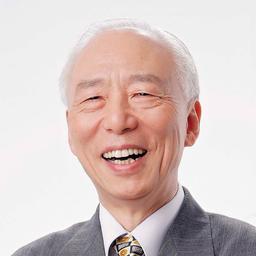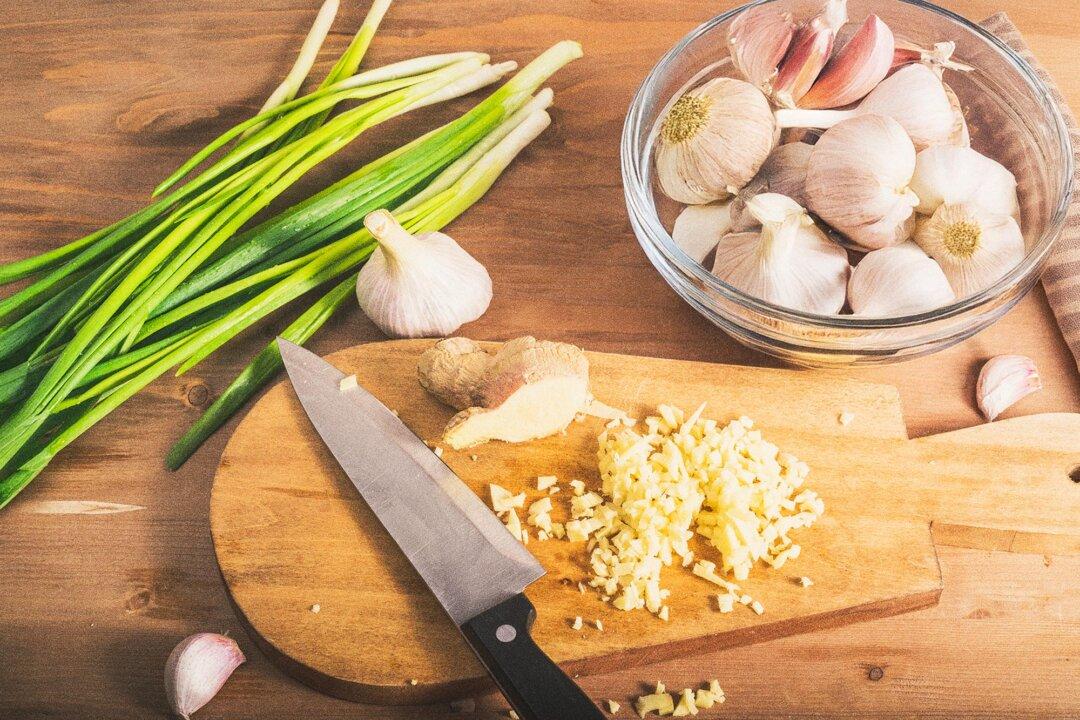Headaches are a common affliction that many people, after not finding relief elsewhere, seek help for through traditional Chinese medicine (TCM). Treating headaches is one of TCM’s fortes.
- High self-expectation and pressure.
- Improper posture, especially tilting the head forward.
- Often eats cold foods.
- Wet hair after bathing.
- Overworked, stressed.
Magic Formulas to Relieve Headaches Quickly
Headache due to pressure: Press one acupoint on the foot, and the pain disappears in three seconds.People who take on stress are most prone to migraines. This kind of headache can be severe to the point of debilitation—of not being able to function in life’s daily tasks. It can be accompanied by nausea and vomiting, and sensitivity to light and noise. Painkillers are a go-to but are not always effective.
Here’s where the magic happens—rather than take medication—simply press the “Qiuxu acupoint,” and the pain will be relieved in 3 to 4 seconds.
The Qiuxu is the point on the outside of the foot where there is a large hole in front of and below the tip of the outer malleolus. Pressing it on the left foot can relieve headaches on the right side while pressing the same point on the right foot can relieve headaches on the left side.

Poor posture is the most common cause of headaches. Using a computer for prolonged periods can cause one to habitually lean the head forward which strains the muscles of the neck and head.
When I see a patient with a headache, my first question is, “Does your neck hurt?” I often get an affirmative “yes” answer. For this type of headache, as long as the neck problem is solved, the blood circulation becomes smooth again, and with the wrong posture corrected, the headache will gradually disappear.
The third habit that causes headaches is consuming too many cold foods and iced beverages. Drinking cold liquid hurts the internal organs and lessens the spleen’s ability to metabolize water. In TCM the spleen oversees dampness—if waste and poison cannot be discharged properly, the dampness will increase causing “wet headaches,” and are accompanied by the symptom of a “heavy head.”
The fourth bad habit of not drying your hair thoroughly after washing can result in headaches. Sitting in air-conditioned environments and being out in the cold without head and neck protection can cause headaches. When wind, cold, and damp air enter the area of the head, they tend to slow down blood and “qi” (vital energy) circulation. Once the circulation is slowed down or blocked, pain will result.
To quickly eliminate wind-cold-dampness headaches and keep the mind sharp, try massaging the “Hegu” and “Lieque” acupoints on your hands.
Where is the Hegu? It is found on the back of your hand. It is between the base of your thumb and index (pointer) finger.

Lieque acupoint is located above the wrist on the inside of the arm. To find this point, interlock your thumb and index finger of one hand with those of the other, the point lies on the edge of the index finger, in a depression between the sinew and the bone.
TCM says that “the head and face converge to the Hegu,” while Lieque is dedicated to the side of the head. Therefore, Hegu and Lieque together can prevent diseases on parts of the head and face. Migraines in particular can be improved very quickly.

Women often experience headaches from overwork. Today’s women manage jobs, households, childcare, and more—and thus often feel tired, with headaches, and even dizziness.
Some women may also experience severe headaches and even vomiting in the week leading to their menstrual cycle. This is mostly due to a problem with circulation around the spleen and stomach. Whenever there is an insufficient supply of qi and blood to the various body parts, they will become weakened, resulting in discomfort in the head.
When you feel a headache and dizziness, you can prepare “milkfish (Chanos chanos) head soup” as a supplement, which can calm the nerves and relieve pain—and it’s delicious. Try the following recipe.
- 3 to 5 milkfish heads
- tofu (bean curd)
- Tubular Gastrodia elata 3 qian (0.53 ounce)
- Fushen (Poria cocos) 3 qian (0.53 ounce)
- Ophiopogon japonicus 3 qian (0.53 ounce)
- Lu Dangshen (Radix Cononopsis Pilosella) 3 qian (0.53 ounce)
- Yun Fu Ling ( Wolfiporia cocos) 3 qian (0.53 ounce)
- Chrysanthemum lavandulifolium flower 3 qian (0.53 ounce)
- roasted licorice 2 qian (0.35 ounce)
- raw gypsum 5 qian (0.9 ounce)
- pinellia 2 qian (0.35 ounce)
- green Radix saposhnikoviae 5 fan (0.1 ounce)
- dried mandarin peel 3 qian (0.53 ounce)
- ramulus uncariae rhynchophylla 5 qian (0.9 ounce)
- Wash all the ingredients and medicinal herbs.
- Boil them in a pot.
- It is ready for eating when the soup cools down.
The most important ingredients in this soup are milkfish head and Gastrodia elata, while herbs such as Lu Dangshen can nourish the spleen and stomach. And because these medicines can reach the head, they can result in much relief from headaches.
Treat the Feet to Relieve Headaches
If the whole head hurts, TCM suggests “treating the feet to cure the headache.” There is a useful acupuncture point, the “Yongquan,” which resides on the sole of the foot, somewhere in the depression on the front of the foot, which is visible when rolling the foot.Of course, remember to take it easy in life, and with a little more patience, you can say goodbye to headaches.
*Some of the herbs mentioned in this article may be unfamiliar, but they are generally available in Asian supermarkets.





